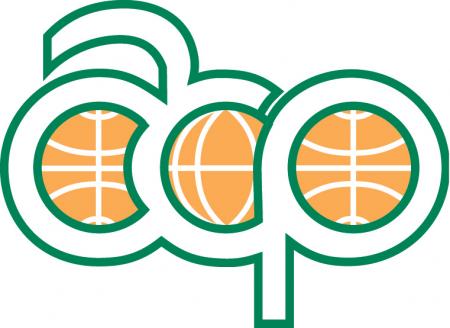IUCN WCPA Technical Note - IMPROVING PROTECTED AND CONSERVED AREA MANAGEMENT TO SAFEGUARD ECOLOGICAL INTEGRITY AND MINIMISE ZOONOTIC DISEASE RISK
This Technical Note provides advice to managers of protected and conserved areas1 (PCAs) for applying a ‘One Health’ approach for the benefit of environmental, animal, and human health.






